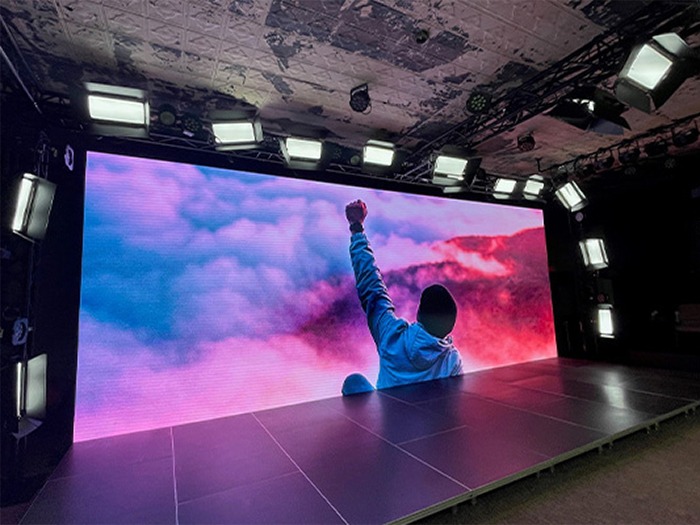Examining the Diverse Integration Options Offered for Light Emitting Diode Wall Modules
Examining the Diverse Integration Options Offered for Light Emitting Diode Wall Modules
Blog Article
LED wall panels have secured traction for their capacity to deliver crisp imagery in multiple settings, from professional environments to entertainment venues. One of the primary aspects of these panels is their connectivity options, which allow users to connect them to different devices and systems. Understanding the diverse connectivity options supported for Light Emitting Diode wall panels is vital for enhancing their use and effectiveness. This discussion details these features, highlighting how they can adapt to specific needs and preferences.
One common interface method for LED wall panels is High-Definition Multimedia Interface. HDMI is broadly known for transmitting crisp video and audio streams between devices. This connection type is especially beneficial in commercial settings, such as meeting spaces or classrooms, where presentations or video content are often displayed. By using digital connectors, users can easily link laptops, projectors, and streaming equipment to Light Emitting Diode wall panels, ensuring a clear and dynamic presentation of media.
Another popular connectivity method is Display Port, which is similar to HDMI but offers enhanced benefits. DisplayPort can support higher refresh rates and display outputs, making it an ideal choice for interactive media or graphic-intensive applications. For those using Light Emitting Diode wall panels in settings where output quality is critical, such as esports arenas or design studios, Display Port can provide the required visual quality. Additionally, many modern computers and graphics cards include Display Port connections, making it a practical solution for technology-oriented users.
In addition to HDMI and DisplayPort, wireless transmission methods are becoming progressively common in LED wall panel technology. Cable-free interfaces allow operators to transmit content without the Go Here need for physical cables, promoting a cleaner and more adaptable configuration. Platforms such as wireless internet and short-range communication enable users to connect smartphones, tablets, and laptops directly to LED wall panels without cumbersome wires. This versatility is particularly beneficial in dynamic environments like exhibitions or live functions, where quick changes to displays are often needed.
For larger installations or more intricate configurations, LAN integration through wired networking is another reliable option. Ethernet connections provide a stable and reliable way to connect multiple Light Emitting Diode wall panels within a system. This approach is ideal for digital signage use cases found in retail centers or transport hubs, where numerous panels may need to display coordinated content across a broad area. By using network cabling and routing hardware, operators can guarantee that all linked panels receive consistent updates and information seamlessly.
Finally, it's important to consider the get redirected here future of connectivity with technologies such as USB-C and Thunderbolt 3. These newer connection types offer increased data transfer speeds and versatility by allowing one cable to handle both energy transfer and data transmission. As more devices incorporate these protocols, Light Emitting Diode wall panels equipped with USB-C ports will likely become more common. This evolution in connectivity not only enhances the functionality of LED wall panels but also aligns with the growing trend of minimalism in hardware arrangements by reducing the number of wires required.
In summary, examining the diverse connectivity options available for LED wall panels uncovers many opportunities for operators across multiple industries. From conventional approaches like High-Definition Multimedia Interface and Display Port to contemporary cordless technologies and network connections, each option serves unique purposes tailored to specific needs. Furthermore, next-gen technologies like USB-C offer further advancements in how professionals utilize Luminescent Diode wall panels. By grasping these integration alternatives, individuals can make informed decisions that enhance their overall experience with these multifunctional visual solutions.